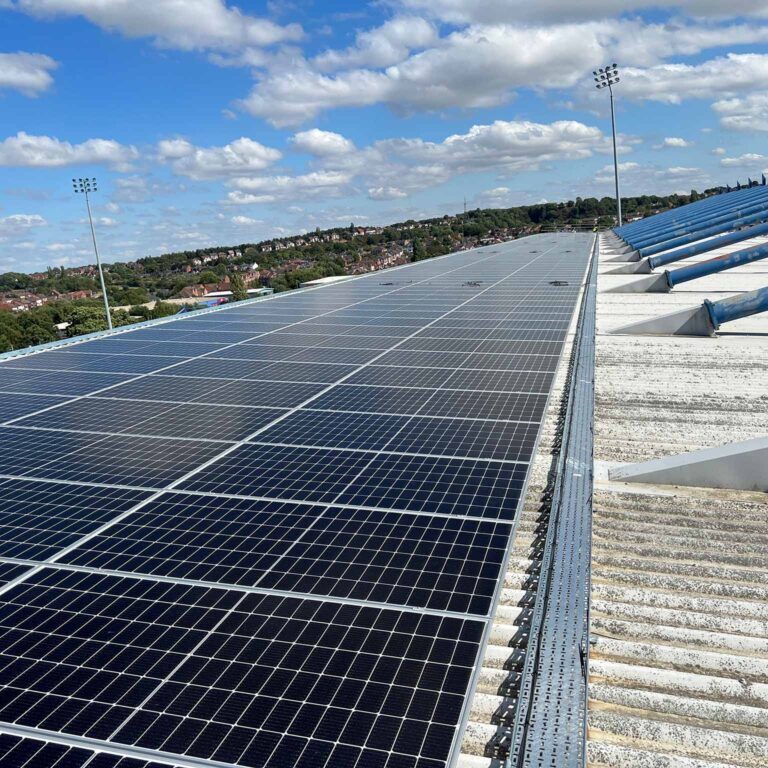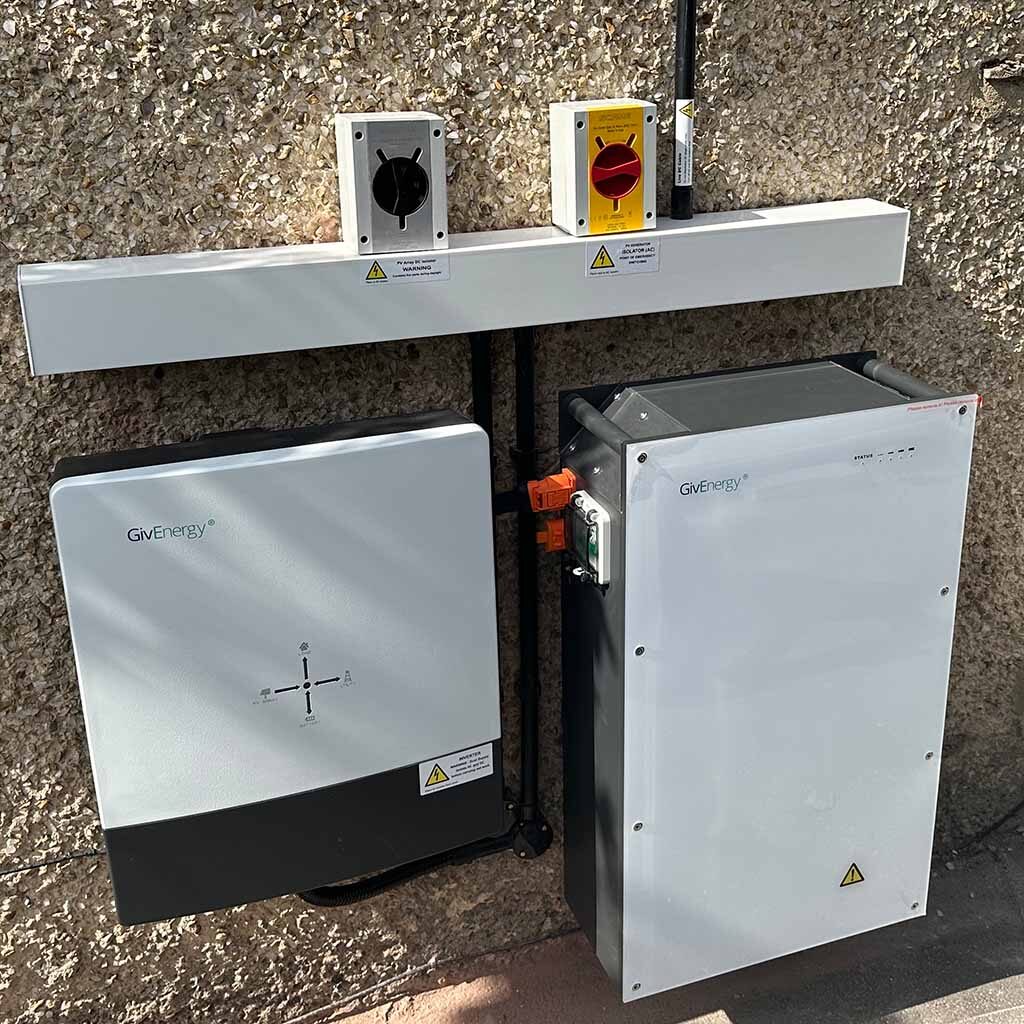Types of Residential Solar EPS Systems: Finding the Best Fit for Your Home
As solar power becomes a popular choice for homeowners seeking energy independence and sustainability, understanding how to wire residential solar systems effectively is key to optimizing their performance. The term Types of Residential Solar EPS Systems refers to various ways to configure these systems, from simple socket connections to comprehensive whole-house setups, each offering unique benefits for energy distribution and backup power. In this guide, we’ll walk you through the types of residential solar EPS systems to help you choose the ideal configuration for your needs.
What is a Residential Solar EPS System?
A Residential Solar EPS (Energy Power System) combines solar power generation with backup capabilities, ensuring power continuity even when the grid goes down. From smaller plug-and-play options to sophisticated full-house setups, there are many types of residential solar EPS systems that provide varying levels of support and independence. Choosing the right configuration can help you harness solar energy more efficiently and meet your specific power needs.
1. Socket-Wiring (Plug-In Inverter Connection)
One of the simplest types of residential solar EPS systems is the socket-wired setup, where the inverter is connected directly to a power socket. This method provides solar power to select outlets in the home, allowing you to use solar energy for individual devices or appliances. Often seen in smaller residential solar EPS systems, this setup requires minimal installation and is affordable.
Advantages:
- Quick setup without extensive electrical work.
- Suitable for smaller solar EPS systems.
- Provides flexibility to move the inverter to different outlets.
Considerations:
- Limited capacity for powering larger appliances.
- Minimal backup functionality.
- Not ideal for high-demand devices or whole-house coverage.
Best For: Homeowners seeking an easy, low-cost entry into solar power, especially for low-energy needs.
2. Dedicated Circuit Wiring
Another popular approach among types of residential solar EPS systems is dedicated circuit wiring, where the inverter is connected directly to specific circuits within the home. This allows for a greater power supply than a socket setup and can support high-demand appliances, such as refrigerators, lighting, or small HVAC units, depending on the inverter’s capacity.
Dedicated circuit wiring in residential solar EPS systems provides targeted power distribution to specific areas or appliances, giving homeowners more control over their solar power usage and backup capacity.
Advantages:
- Supports higher-demand appliances.
- Allows for targeted solar power distribution to essential areas.
- More robust than a basic socket connection.
Considerations:
- Installation requires electrical expertise.
- Limited to specific circuits, so whole-house coverage isn’t possible.
- May require larger inverter capacity based on the connected circuits.
Best For: Homeowners with moderate energy needs who want consistent solar power for key appliances and areas in the home.
3. Subpanel Wiring (Critical Load Panel)
Subpanel wiring, also called a critical load panel, is a type of residential solar EPS system that directs solar power to a dedicated subpanel containing essential circuits. This setup isolates critical circuits, such as refrigerators, emergency lighting, or medical devices, ensuring these vital areas receive power in the event of a grid failure.
Subpanel wiring is ideal for households with battery storage, as stored solar power can be directed to critical areas, offering a reliable backup solution during outages. By isolating critical loads, you can extend battery life and maintain essential operations for longer periods.
Advantages:
- Prioritizes power to essential circuits.
- Ensures critical devices stay operational during outages.
- Maximizes efficiency of battery storage.
Considerations:
- Requires a qualified electrician for installation.
- Limited to specific circuits in the subpanel.
- Higher cost than single-circuit setups due to added components.
Best For: Homes with moderate to large solar EPS systems and a focus on uninterrupted power for critical devices.
4. Whole-House Wiring
Whole-house wiring is the most comprehensive among types of residential solar EPS systems, allowing for complete backup power to every circuit in the home. In this configuration, the inverter connects to the main electrical panel, distributing solar power throughout the house. Whole-house wiring is ideal for those seeking full energy independence and uninterrupted power in the event of an outage.
Whole-house wiring requires a larger capacity inverter and significant battery storage, making it a higher-cost solution but also the most effective for complete coverage. It’s well-suited for homes with high energy demands, allowing seamless operation of all devices, including HVAC systems and water heaters, during grid outages.
Advantages:
- Provides full-home backup power.
- Eliminates the need to choose specific circuits.
- Enables smooth, uninterrupted power for the entire household.
Considerations:
- Higher initial cost due to increased battery and inverter requirements.
- Requires professional installation.
- May need system adjustments in low-sunlight areas for extended outages.
Best For: Homeowners with large solar systems who want full backup capacity and have high energy demands.
5. Automatic Transfer Switch (ATS) Integration
Integrating an automatic transfer switch (ATS) into a residential solar EPS system is a popular choice for seamless power transfer. An ATS automatically switches from grid power to solar backup in the event of an outage, ensuring that critical circuits remain powered without manual intervention. This feature can be incorporated into either critical load panel or whole-house setups.
An ATS provides convenience and peace of mind, particularly in areas with frequent power outages. It’s often used with battery storage to ensure that solar energy is available when the grid fails, making it one of the more advanced types of residential solar EPS systems.
Advantages:
- Automatic switching ensures continuous backup.
- Ideal for critical load and whole-house EPS systems.
- Protects sensitive devices from sudden power loss.
Considerations:
- Higher cost for switch equipment and installation.
- Best suited to medium-to-large solar EPS systems.
- Requires additional wiring for optimal functionality.
Best For: Homeowners looking for a hands-free, fully automated backup solution that ensures uninterrupted power in both critical load and whole-house setups.
Choosing the Best Type of Residential Solar EPS System for Your Home
When selecting the best wiring method for a solar inverter, consider which type of residential solar EPS system meets your household’s power needs. Factors to keep in mind include:
- Energy Needs: Determine if your energy demands require only a small backup or full-home support. For lower demands, socket or dedicated circuit setups may suffice, while subpanel or whole-house setups are best for comprehensive backup.
- Budget: More extensive wiring methods, such as whole-house setups, come with higher costs, while socket or dedicated circuit systems are more budget-friendly.
- Battery Storage: Storage capacity is crucial for types of residential solar EPS systems that aim to support whole-house power. Systems with limited storage may only be suited for powering a subpanel or critical load.
- Outage Frequency and Duration: Areas with frequent or prolonged outages may benefit most from whole-house setups or ATS integration for seamless power management.
Final Thoughts
Choosing the right type of residential solar EPS system will help you make the most of your solar investment, ensuring efficient power distribution and reliable backup capabilities. Whether you’re interested in a basic socket setup or a whole-house configuration, the various types of residential solar EPS systems provide solutions for every budget and power need. By assessing your household’s energy requirements, budget, and system capacity, you can select a setup that meets your goals.
Our team of experts will help you find and install the ideal system to achieve your energy goals and gain greater independence from the grid.



